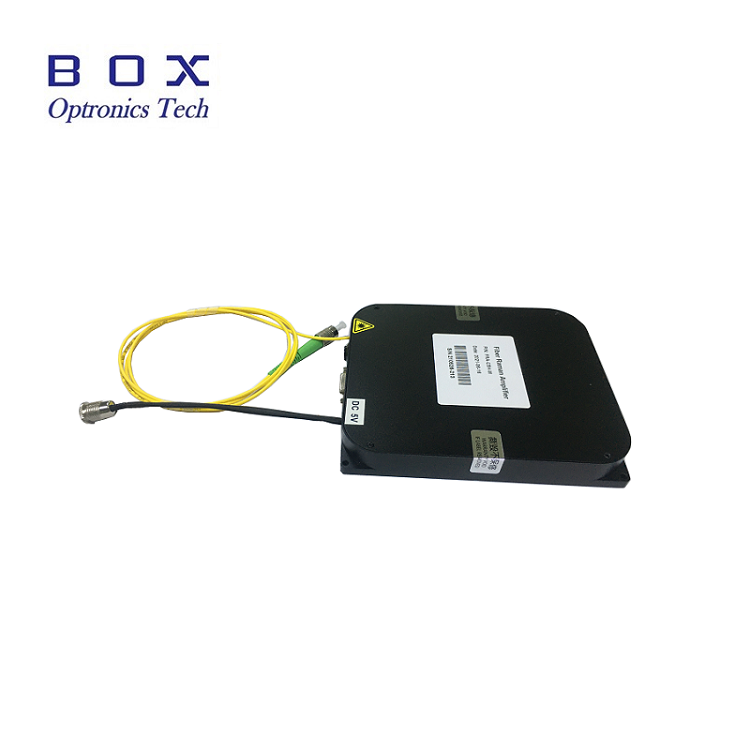Fiber Optic Modules: The Backbone of Modern Connectivity
2025-01-16
In today's era of high-speed internet and seamless communication, fiber optic modules are the unsung heroes driving the technology behind these advancements. These small yet powerful devices play a critical role in transmitting data over vast distances with unmatched speed, reliability, and efficiency.
This blog delves into what fiber optic modules are, their types, applications, and why they are indispensable for modern connectivity.
What Are Fiber Optic Modules?
Fiber optic modules are components used in fiber-optic communication systems to transmit and receive optical signals. They convert electrical signals into optical signals (and vice versa) to enable data transfer through fiber optic cables.
Key Components:
1. Transmitter: Converts electrical signals into optical signals.
2. Receiver: Converts optical signals back into electrical signals.
3. Wavelength Division Multiplexer/Demultiplexer (WDM): Combines or separates multiple wavelengths for efficient data transfer.

Types of Fiber Optic Modules
1. SFP (Small Form-factor Pluggable):
- Compact, hot-swappable modules used for short- and long-distance data transfer.
2. SFP+ (Enhanced Small Form-factor Pluggable):
- Similar to SFP but supports higher data rates, up to 10 Gbps.
3. QSFP (Quad Small Form-factor Pluggable):
- Supports four channels, ideal for high-density and high-speed networks.
4. CFP (C Form-factor Pluggable):
- Larger modules designed for 100 Gbps applications.
5. DWDM (Dense Wavelength Division Multiplexing) Modules:
- Allow multiple signals on a single fiber by using different wavelengths.
6. BiDi (Bidirectional) Modules:
- Transmit and receive data on a single fiber using different wavelengths.
Applications of Fiber Optic Modules
1. Telecommunications:
- Backbone of internet service providers (ISPs), enabling high-speed connectivity across cities and countries.
2. Data Centers:
- Facilitate fast and reliable connections between servers, storage systems, and networks.
3. Enterprise Networks:
- Used in corporate environments to ensure secure and efficient communication.
4. Broadcasting:
- Support high-definition video transmission for live events and streaming services.
5. Military and Aerospace:
- Ensure secure and robust communication in critical operations.
6. Healthcare:
- Power advanced imaging systems and telemedicine solutions.
Benefits of Fiber Optic Modules
1. High-Speed Data Transfer:
- Enables speeds up to terabits per second, essential for modern applications.
2. Long-Distance Transmission:
- Can transmit data over hundreds of kilometers with minimal loss.
3. Reliability:
- Immune to electromagnetic interference (EMI), ensuring stable connections.
4. Compact Design:
- Their small form factor makes them ideal for space-constrained environments.
5. Energy Efficiency:
- Consume less power compared to traditional copper-based systems.
6. Scalability:
- Easily upgradeable to meet growing bandwidth demands.
Challenges in Fiber Optic Modules
1. Cost:
- Initial investment is high compared to traditional copper systems.
2. Installation Complexity:
- Requires skilled professionals for setup and maintenance.
3. Compatibility Issues:
- Not all modules are universally compatible with different systems.
4. Fragility:
- Fiber optic components can be sensitive to physical damage.
Advancements in Fiber Optic Module Technology
1. Higher Data Rates:
- Emerging modules support speeds of 400 Gbps and beyond.
2. AI Integration:
- Automated monitoring systems to optimize performance and detect faults.
3. Compact and Energy-Efficient Designs:
- Reduced power consumption and smaller footprints for eco-friendly networking.
4. 5G and Beyond:
- Critical for supporting the infrastructure of 5G and future wireless networks.
Choosing the Right Fiber Optic Module
1. Data Rate Requirements:
- Match the module's capacity with your network's needs.
2. Transmission Distance:
- Determine the range needed (short-range, mid-range, or long-range).
3. Compatibility:
- Ensure the module fits with your existing hardware and systems.
4. Environmental Factors:
- Opt for modules that can withstand harsh conditions if necessary.
5. Cost vs. Performance:
- Balance budget constraints with the required performance level.
Future of Fiber Optic Modules
The demand for faster and more reliable connectivity will continue to drive innovation in fiber optic module technology. As the world transitions to ultra-high-speed networks, including 5G and beyond, fiber optic modules will remain at the heart of this revolution, enabling a connected future.
Conclusion
Fiber optic modules are more than just hardware; they are enablers of innovation, connecting the world with unparalleled speed and efficiency. From powering data centers to facilitating global communication, these modules are indispensable for modern technology.
Whether you’re an IT professional, a business owner, or a tech enthusiast, understanding fiber optic modules is crucial for navigating today’s connected world.
Have questions about fiber optic modules or their applications? Share them in the comments below!


